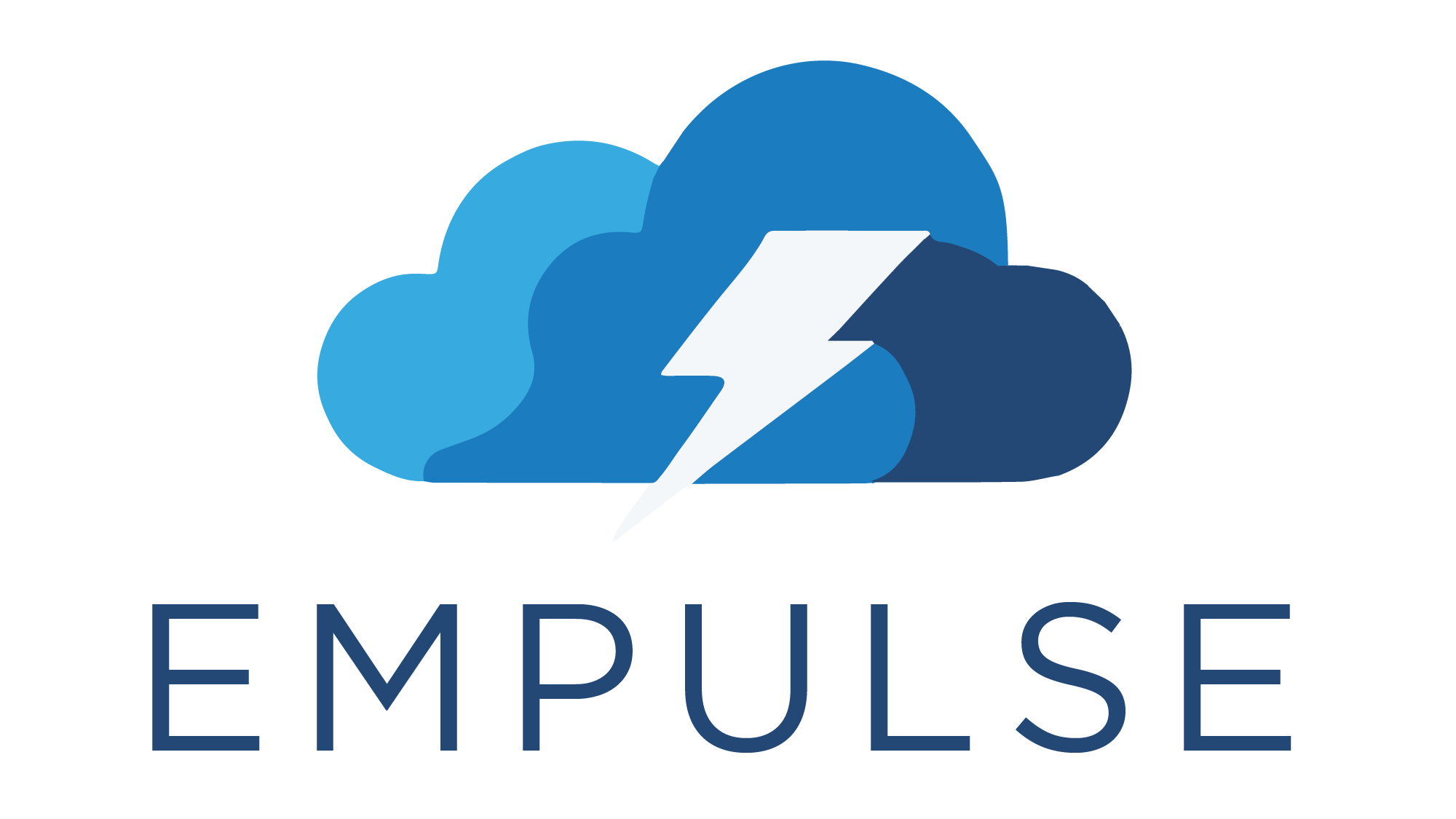mpc_score#
- empulse.metrics.mpc_score(y_true, y_score, *, accept_rate=0.3, clv=200, incentive_cost=10, contact_cost=1, check_input=True)[source]#
mpcbut only returning the MPC score.MPC presumes a situation where identified churners are contacted and offered an incentive to remain customers. Only a fraction of churners accepts the incentive offer. For detailed information, consult the paper [1].
See also
mpc_score: to also return the fraction of the customer base that should be targeted to maximize profit.empc_score: for a stochastic version of this metric.- Parameters:
- y_true1D array-like, shape=(n_samples,)
Binary target values (‘churn’: 1, ‘no churn’: 0).
- y_score1D array-like, shape=(n_samples,)
Target scores, can either be probability estimates or non-thresholded decision values.
- accept_ratefloat, default=0.3
Probability of a customer accepting the retention offer (
0 < accept_rate < 1).- clvfloat or 1D array-like, shape=(n_samples), default=200
If
float: average customer lifetime value of retained customers (clv > incentive_cost). Ifarray: customer lifetime value of each customer when retained (mean(clv) > incentive_cost).Note
Passing a CLV array is equivalent to passing a float with the average CLV of that array.
- incentive_costfloat, default=10
Cost of incentive offered to a customer (
incentive_cost > 0).- contact_costfloat, default=1
Cost of contacting a customer (
contact_cost > 0).- check_inputbool, default=True
Perform input validation. Turning off improves performance, useful when using this metric as a loss function.
- Returns:
- mpcfloat
Maximum Profit Measure for Customer Churn.
Notes
The MPC is defined as [1]:
\[CLV (\gamma (1 - \delta) - \phi) \pi_0 F_0(T) - CLV (\delta + \phi) \pi_1 F_1(T)\]The MPC requires that the churn class is encoded as 0, and it is NOT interchangeable (see [2] p37). However, this implementation assumes the standard notation (‘churn’: 1, ‘no churn’: 0).
An equivalent R implementation is available in [3].
References
[1] (1,2)Verbraken, T., Verbeke, W. and Baesens, B. (2013). A Novel Profit Maximizing Metric for Measuring Classification Performance of Customer Churn Prediction Models. IEEE Transactions on Knowledge and Data Engineering, 25(5), 961-973. Available Online: http://ieeexplore.ieee.org/iel5/69/6486492/06165289.pdf?arnumber=6165289
[2]Bravo, C. and Vanden Broucke, S. and Verbraken, T. (2019). EMP: Expected Maximum Profit Classification Performance Measure. R package version 2.0.5. Available Online: http://cran.r-project.org/web/packages/EMP/index.html
[3]Verbraken, T. (2013). Business-Oriented Data Analytics: Theory and Case Studies. Ph.D. dissertation, Dept. LIRIS, KU Leuven, Leuven, Belgium, 2013.
Examples
>>> from empulse.metrics import mpc_score >>> >>> y_true = [0, 1, 0, 1, 0, 1, 0, 1] >>> y_score = [0.1, 0.2, 0.3, 0.4, 0.5, 0.7, 0.8, 0.9] >>> mpc_score(y_true, y_score) 23.874999999999996
Using scorer:
>>> import numpy as np >>> from sklearn.datasets import make_classification >>> from sklearn.linear_model import LogisticRegression >>> from sklearn.model_selection import cross_val_score, StratifiedKFold >>> from sklearn.metrics import make_scorer >>> from empulse.metrics import mpa_score >>> >>> X, y = make_classification(random_state=42) >>> model = LogisticRegression() >>> cv = StratifiedKFold(n_splits=5, shuffle=True, random_state=42) >>> scorer = make_scorer( ... mpc_score, ... response_method='predict_proba', ... clv=300, ... incentive_cost=15, ... ) >>> np.mean(cross_val_score(model, X, y, cv=cv, scoring=scorer)) 42.08999999999999

